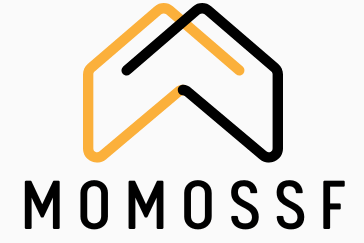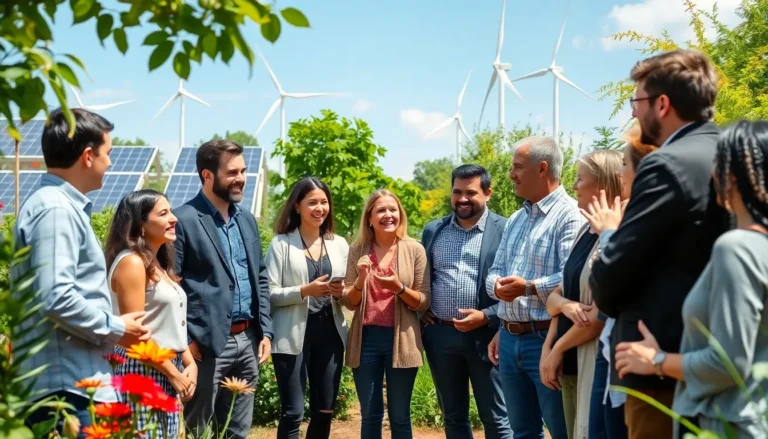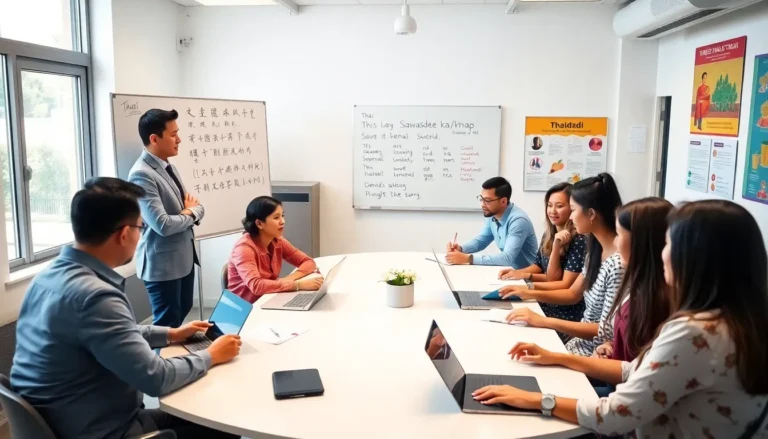Imagine waking up in a home that doesn’t just shelter you, but also heals the planet. Sounds like a dream, right? Enter sustainable living builders, the eco-warriors of the construction world who are redefining what it means to build responsibly. With their innovative approaches, they craft homes that not only minimize environmental impact but also maximize comfort and style. Let’s jump into the world of sustainable living builders and uncover how they’re changing the game, one green brick at a time.
Table of Contents
ToggleWhat Are Sustainable Living Builders?

Sustainable living builders are professionals who specialize in eco-friendly construction techniques. Their mission goes beyond merely erecting walls and roofs: they aim to create living spaces that harmonize with nature. These builders use renewable materials, energy-efficient systems, and innovative designs to minimize ecological footprints. Essentially, they are the modern-day architects of sustainability, combining creativity with environmental responsibility. By focusing on the entire lifecycle of a building, from its conception to its eventual demolition, sustainable builders pave the way for a greener future.
The Importance of Sustainable Building Practices
Sustainable building practices are not just a trend: they are essential in today’s world. With climate change looming over us like an overbearing relative at a family gathering, the need for sustainable construction has never been clearer. Homes designed with sustainability in mind significantly reduce energy consumption. They minimize waste production and enhance air quality, benefiting residents and the environment alike. Not to mention, these eco-friendly structures can save homeowners a pretty penny over time, increased efficiency often leads to lower utility bills. Eventually, investing in sustainable building practices leads to a healthier planet and a more sustainable future for generations to come.
Key Features of Sustainable Living Construction
When it comes to sustainable living construction, several key features set these homes apart from traditional builds.
Energy Efficiency
At the forefront is energy efficiency. Builders incorporate cutting-edge technology, like solar panels and geothermal heating systems, to harness natural resources effectively. This leads to homes that are not only cozy but also kinder to the utility bill.
Sustainable Materials
Another hallmark is the use of sustainable materials. Lumber sourced from responsibly managed forests, recycled steel, and low-VOC paints contribute to reducing resource depletion and environmental harm.
Water Conservation
Water-saving fixtures and rainwater harvesting systems also play a crucial role in sustainable construction. These innovations help conserve one of our planet’s most precious resources, ensuring it lasts for future generations.
Indoor Air Quality
Finally, sustainable homes often feature improved indoor air quality through effective ventilation and the use of non-toxic materials. Such measures create healthier living spaces, which is particularly beneficial for families with allergies or respiratory issues.
Choosing the Right Sustainable Builder
Selecting the right sustainable builder is akin to finding a great pair of shoes, you want something that fits well and looks good too. Here are some tips to help guide the search:
- Check Credentials: Look for certifications such as LEED (Leadership in Energy and Environmental Design) or the Green Building Council’s mark. These qualifications indicate a commitment to sustainable practices.
- Experience Matters: Examine portfolios of potential builders. Previous projects can provide insight into their style, quality, and adherence to sustainable practices.
- Ask Questions: Don’t shy away from posing inquiries about the materials they use and their building processes. A reputable builder should be transparent and knowledgeable about their approach.
- Seek Reviews: Testimonials from previous clients can offer valuable perspectives on a builder’s reliability and quality of work. Look for feedback about customer service and project completion.
Challenges in Sustainable Building
Even though the benefits, sustainable building faces several challenges. One prominent issue is the higher upfront costs associated with eco-friendly materials and advanced technologies. While these costs often translate to savings in the long run, initial investments can deter potential homeowners.
Another challenge is the availability of green materials. In some areas, sourcing sustainable materials can be difficult or limited, forcing builders to compromise on their eco-friendly goals.
Also, there is a pervasive misconception that sustainable homes can’t be as aesthetically pleasing as traditional designs. This myth can discourage homeowners who might otherwise embrace eco-friendly building options. Thankfully, as awareness grows, more architects and builders are demonstrating how beauty and sustainability can coexist.
Future Trends in Sustainable Living Construction
The future of sustainable living construction promises exciting developments that will further enhance eco-friendly building practices.
- Smart Technology Integration: The integration of smart home technology will continue to rise. Energy management systems that adapt to user habits can significantly enhance energy efficiency, contributing to a more sustainable living environment.
- Biophilic Design: This trend emphasizes connecting people with nature through design elements. Expect to see homes featuring large windows, green roofs, and indoor gardens that blur the lines between indoor and outdoor spaces.
- Modular Construction: As building practices evolve, modular construction offers a sustainable approach. Prefabricated modules cut down on waste and allow for quicker, more efficient building processes.
- Community-focused Development: Future sustainable living projects will likely focus on building eco-friendly communities that promote shared resources, like solar arrays or communal gardens, fostering a sense of community while reducing individual carbon footprints.






